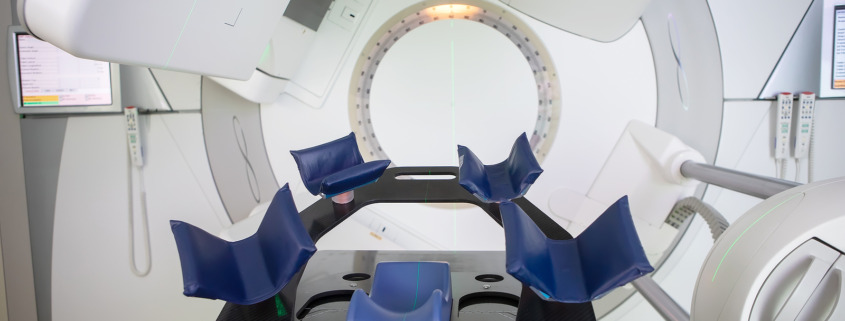How TrueBeam Radiotherapy Works to Treat Cancer
Cancer patients can be treated in a wide range of ways, but while it is usually the case that your treatment will involve a combination of different treatments, radiotherapy is commonly used as part of the treatment programme.
Whether you have had surgery to remove part or all of a tumour, are taking anti-cancer drugs or can benefit from gene therapy, there is still a good chance that you may need radiotherapy. Moreover, there are different kinds of radiotherapy and the specific type that is best for you may vary.
Patients who are not familiar with radiotherapy, such as those in the early stages of treatment or who have not had a close family member experience it, may be unaware of just how many types there are and what each of them is used for.
However, it can be very beneficial to know more to help make informed decisions about private radiotherapy treatment options, which you can do with our oncologists. Among them is when, or if, you could benefit from TrueBeam Radiotherapy.
What Is TrueBeam Radiotherapy?
TrueBeam Radiotherapy is one of the latest and most advanced forms of radiotherapy that exists. Many treatments that are still used today involve radiation that covers a larger area of the body (such as that delivered through a linear accelerator) or are even taken internally, such as an injected radioactive substance, which means they are not delivered so precisely.
What TrueBeam radiotherapy does is advance a technique known as stereotactic radiosurgery, where a beam of intense radiation can be aimed at a very specific point, such as a tumour, to have maximum effect in shrinking the tumour while minimising exposure of surrounding tissue.
This is especially useful in locations such as the brain, where the consequences of damage to surrounding areas would be severe, but it applies to other parts of the body too, where organ damage could have major consequences.
How TrueBeam takes this further is in the way it combines the technology to produce very precise beams of radiation with 3D imaging and motion management technology, which can provide not just still images to show exactly where best the beam should be aimed, but real-time tracking and guidance to deal with moving targets.
Such precision can be measured in fractions of millimetres, while the guidance enables the beam to avoid vital organs, including the heart, as well as areas of brain tissue when tackling tumours of the brain, neck and head.
All Over In Three Minutes
Not only does such precision enable the target to be hit with pinpoint accuracy, but also for the whole process to be completed very quickly. Just two or three minutes can be enough, compared to a period of up to half an hour that might have been used in the past.
Faster treatment means there is less physical movement by the patient, which adds to the accuracy and reduces the side effects further.
There are several specific kinds of cancer that TrueBeam is useful for tackling. The most obvious is brain cancer, as precise targeting of tumours with minimal exposure of healthy brain tissue to radiation is essential. But it can also be used effectively against tumours of the spine, liver, prostate, lung and gastrointestinal system.
In each of these cases, there will be other organs close by that might be adversely affected by exposure to radiation, while the organs themselves may be small (such as the prostate) and therefore the tumours likewise present a target requiring very accurate targeting.
This does not mean that your treatment, while short, will not produce side effects. These include fatigue, skin irritation, hair loss and stomach upsets. These are all common side effects for patients undergoing any form of radiotherapy.
TrueBeam radiotherapy is very unlikely to be used as the only form of treatment you undergo. As with any other form of radiotherapy, it is likely to be used in conjunction with surgery to excise the tumour, chemotherapy and more.
When Is TrueBeam Right For You?
The characteristics of this technology mean it is calibrated for certain conditions, and by the same token, that makes it unsuitable for some other conditions, such as secondary cancer that exists in multiple places, which would not be best targeted by a precision beam aimed at single, precise points.
What this shows is that when it comes to getting radiotherapy treatment, it helps to be aware that there are different kinds of treatment and some are more suited to certain circumstances than others. Research and technological development have produced many innovations, including TrueBeam, with more no doubt sure to come.
If you have one of the cancers mentioned above, speak to us about your treatment options. It may be that TrueBeam is suitable for treating your condition.
Learn more about our advanced radiotherapy treatments for different cancers on the Amethyst Group website.


